TRC1901: |
|
TRC1902: |
| Spatial Analysis of Benefits of Site Specific Ground Motion Response Analysis |
|
Capillary Pressure Sensor Testing to Identify Curing Regimen in Freshly Placed Bridge Decks |
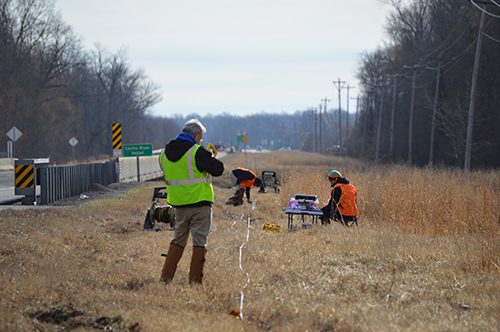 |
|
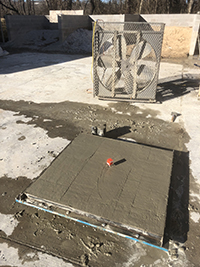 |
| For most projects, the general procedure of the AASHTO Guide Specifications is sufficient to determine seismic hazard and site response. However, it is appropriate and may be necessary to perform site-specific hazard analyses for cases involving special aspects of seismic hazard such as high ground motion values, essential bridges, specific soil sites, and near fault conditions. The result of site-specific hazard analyses may be used as justification for reduction in the spectral acceleration determined from the general procedure representing the uniform seismic hazard. Preliminary results from TRC1603 and results from MBTC3032 indicate that seismic demands can be reduced in portions of Arkansas by conducting a site-specific ground motion response analysis (SSGMRA), which is expected to have economic benefits regarding the construction of bridges and embankments.
The purpose of this study is to develop a decision tree or a GIS map that can be used by the Arkansas Department of Transportation (ARDOT) officials to determine when SSGMRA should be conducted and possible cost savings. A cost-benefit analysis will be performed at the conclusion of this project to determine the cost saving based on the type, size, and the location of the bridge.
Objectives include the following: Obtain site specific shear-wave velocity profiles for 20 sites, in addition to the 15 previously surveyed sites done through TRC1603 and other sites completed for TRC0803; Collect soil boring logs; Perform site-specific analysis; Prepare ground surface contour maps; and Develop documentation and specifications for use with future projects where site-specific studies are needed.
|
|
The overall performance of concrete in bridge decks can be affected by the curing regimen. With the advent of new testing equipment for freshly placed concrete, Capillary Pressure Sensor System (CPSS), the evaporation effects can be measured. By measuring the capillary pressure during the initial set period after finishing, shrinkage cracks can be avoided by adding moisture and/or curing compound to the concrete surface when the alarm is triggered by threshold pressure limit. Additional curing compound and/or moisture can be added to reduce or mitigate the effects of the evaporation. This project would use the CPSS to evaluate the different curing regimens the contractor uses and determine which product and/or method works best.
This project aims to investigate the use of a CPSS to monitor the development of capillary pressures in the surface of fresh concrete bridge decks. This capillary pressure can be used to determine if plastic shrinkage cracking is likely to occur and alert the user when moisture should be added to the surface to prevent cracking. The sensor will be tested in the lab to verify its ability to measure plastic shrinkage pressures, then lab testing will be performed to compare curing techniques. A field study will help determine if the sensor is useful in practice to ARDOT and to contractors. With the success of the sensors, training workshops can be developed for sensor usage for ARDOT employees and contractors.
|
| |
|
|
|
| |
|
|
TRC1903: |
|
TRC1904: |
| Investigating Concrete Deck Cracking in Continuous Steel Bridges |
|
Developing an Evidence-Based Framework for Bypass and Widening Projects and the Effects on Communities |
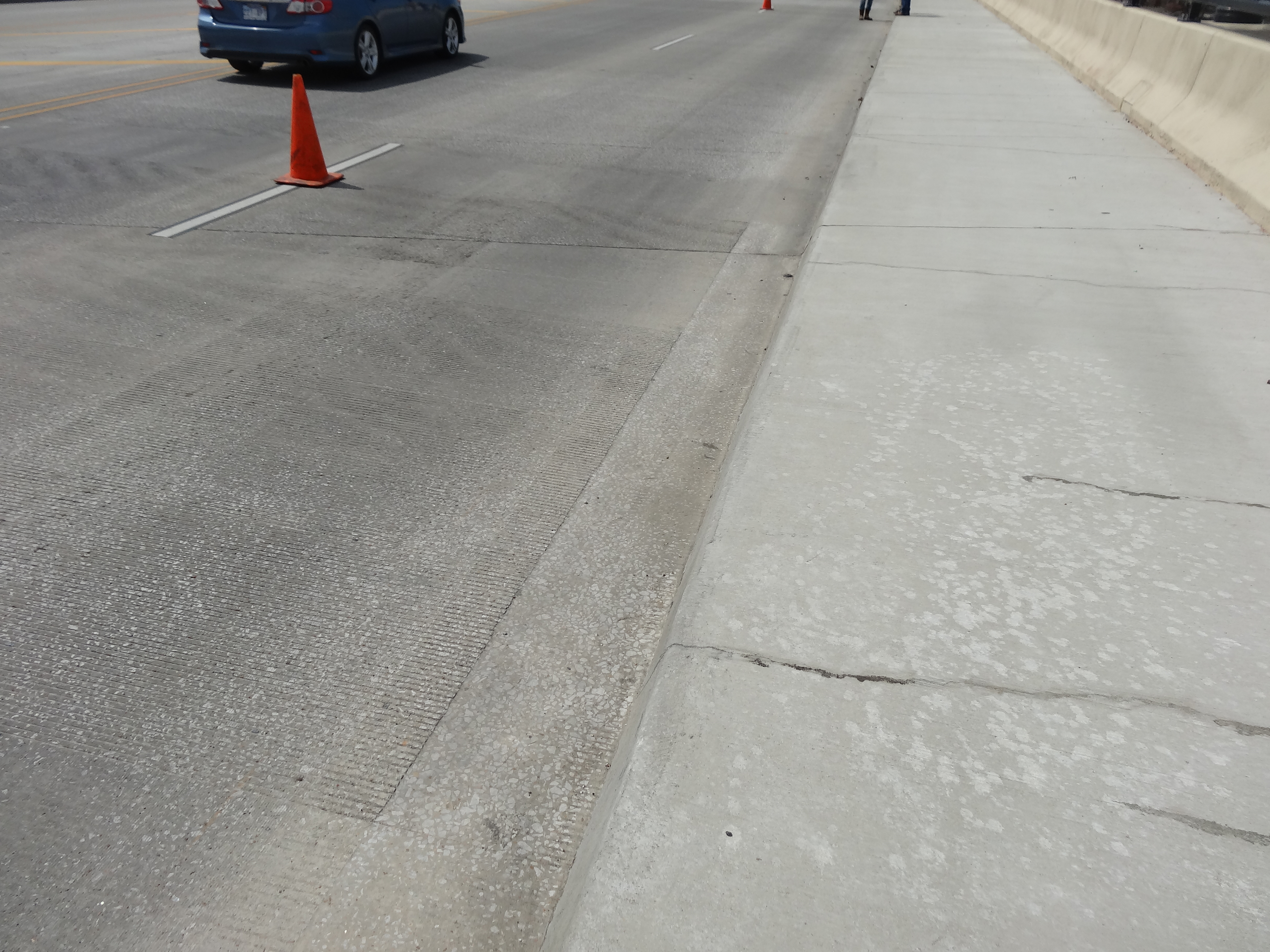 |
|
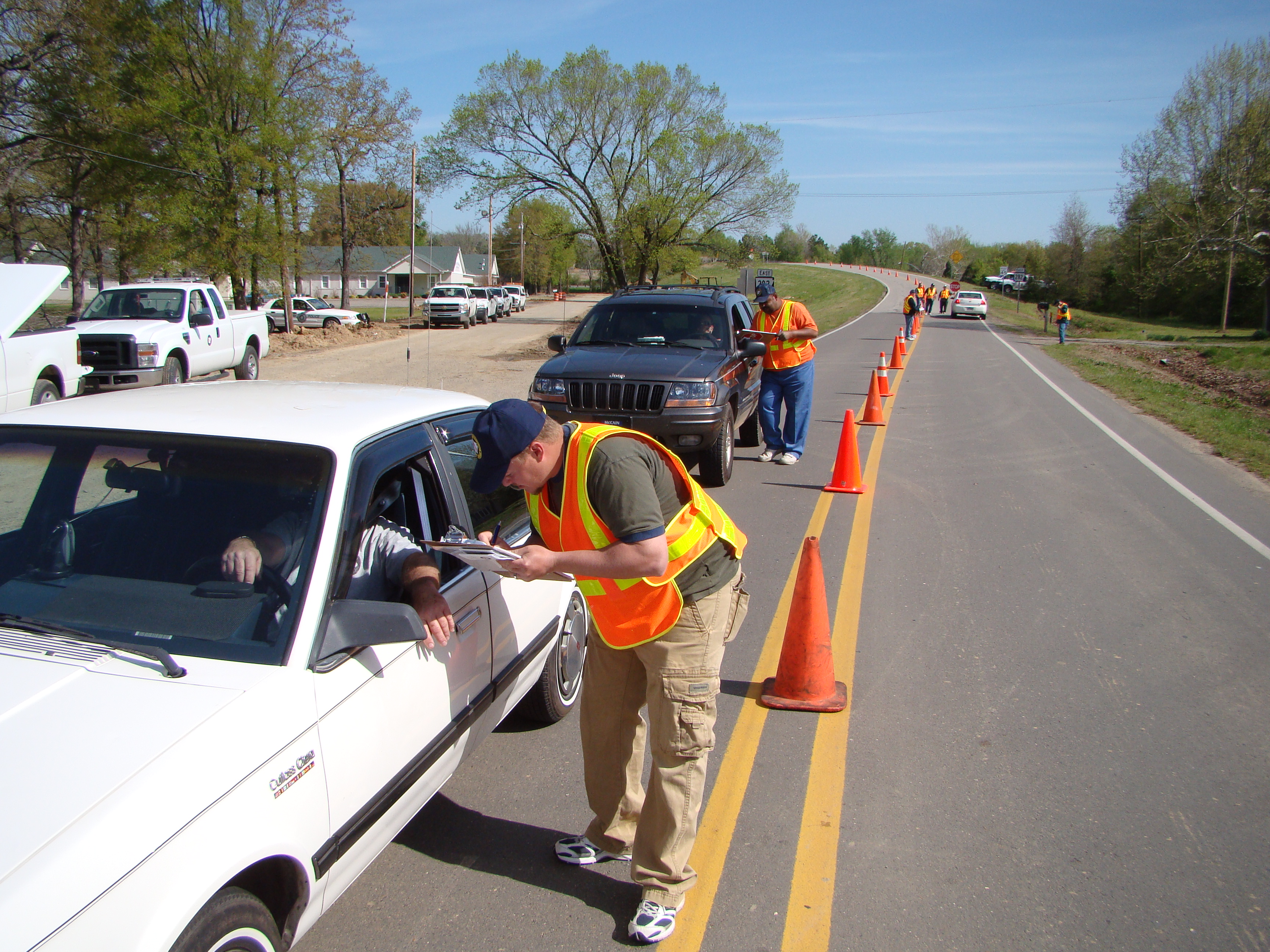 |
Concrete bridge deck cracking creates serious serviceability issues during a bridge design's life, and can compromise a bridge's structural strength. This project aims to identify the primary causes of deck cracking, as well as determining the stresses in the due to concrete slab movement during shrinkage. After determining the cause for bridge deck cracking, long-term corrective measures will be recommended to prevent future cases of bridge deck cracking.
The current objective in this project is to review documents about bridge deck cracking in Arkansas and look for correlations between projects. After reviewing the procedures contractors go through when pouring a bridge deck, examine previously constructed bridges and determine the best mapping of strain gauges for examining the stresses inside of a freshly poured concrete bridge deck.
|
|
The objective of this research is to provide evidence-based guidance to improve understanding of the economic, social, and environmental impacts of transportation improvement projects in Arkansas, specifically, bypasses and widening construction projects. The methods to accomplish the project goal include a literature review, review of data, Econworks integration, evaluation of impacts, development of a simplified methodology for Planning studies, and documentation for public outreach. Estimating and assessing economic, social, and environmental impacts will be done by way of: collecting historical sales tax, employment, population statistics, conducting interviews with community leaders and residents, and collecting accident statistics (safety impact). |
| |
|
|
|
| |
|
|
TRC1905: |
|
|
| Implementing CPT Procedures in ARDOT Geotechnical Designs |
|
|
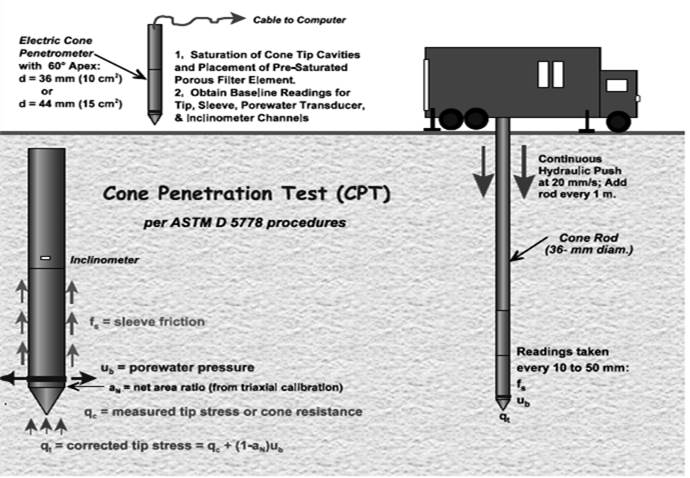 |
|
|
| The overarching objective of this research effort is to examine the applicability of using CPT to reduce uncertainties associated with geotechnical subsurface investigations. The main goal of this project is to review and implement comprehensive CPT-based geotechnical design procedures for site exploration, interpretation of soil behavior, and design of shallow/deep foundations and embankments in Arkansas. Work Plan will include conducting a literature search, collecting field testing procedures, conducting the field tests (six sites), analyzing resulting CPT data, and applying results to specific geotechnical design. Tasks will be performed by Research Section personnel with the help of Materials Division. The research project is broken into two phases. Phase 1 will mostly cover Year 1 of the project and will introduce CPT rig and its in-field operations to ARDOT personnel involved with this study. Phase 2 will cover Year 2 of the project and will deal with developing best practice for CPT field testing and CPT Geotechnical designs. |
|
|
| |
|
|